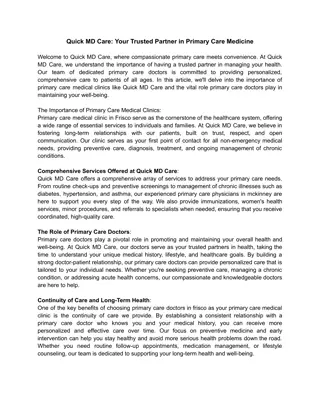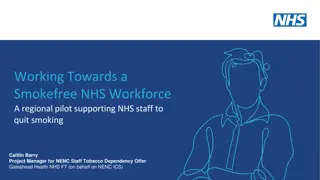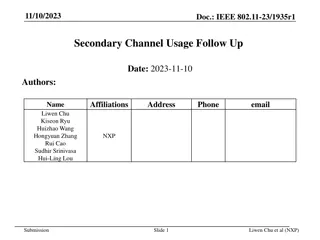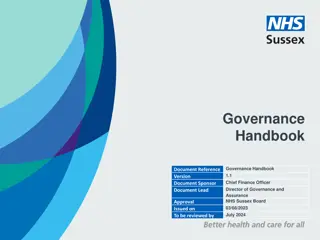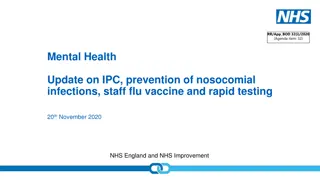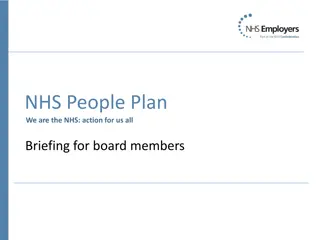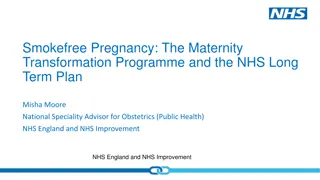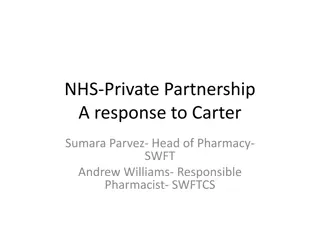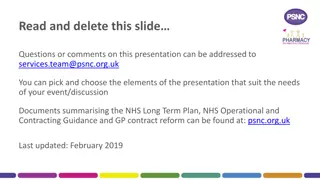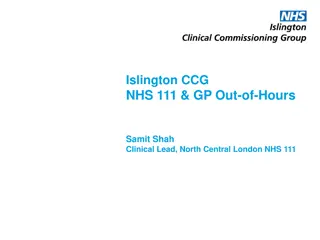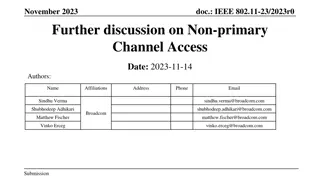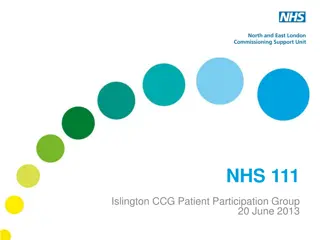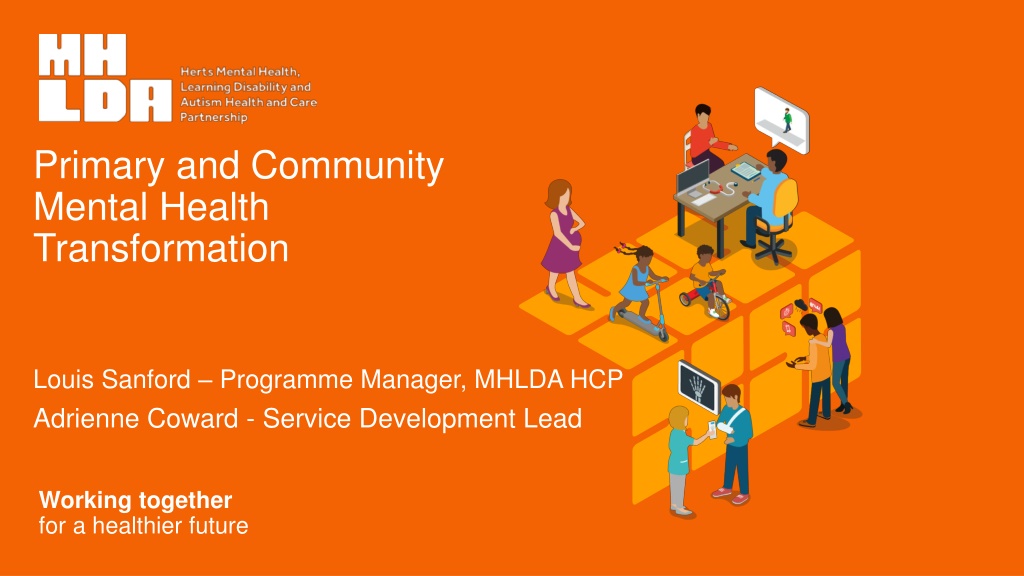
Community Mental Health Transformation Programme Overview
NHS England's Integrated Primary and Community Mental Health Transformation Programme aims to develop new models of care to support adults with severe mental illnesses. Funding is allocated for 3 years to create seamless care pathways and reduce barriers between primary and secondary care. Successful pilots have shown positive outcomes in providing support within an integrated setting, covering various community assets.
Download Presentation

Please find below an Image/Link to download the presentation.
The content on the website is provided AS IS for your information and personal use only. It may not be sold, licensed, or shared on other websites without obtaining consent from the author. Download presentation by click this link. If you encounter any issues during the download, it is possible that the publisher has removed the file from their server.
E N D
Presentation Transcript
Primary and Community Mental Health Transformation Louis Sanford Programme Manager, MHLDA HCP Adrienne Coward - Service Development Lead Working together for a healthier future
NHS England Integrated Primary and Community Mental Health Transformation Duration As part of the NHS Long Term Plan, the NHS has committed to developing new and integrated models of primary and community mental health care to support adults and older adults with severe mental illnesses . 3 years Funding for 2021/22 New models of care need to be in line with the Community Mental Health Framework for Adults and Older Adults. 2 million Funding for 2022/23 Additional funding to develop new models of community mental health services is over and above Mental Health Investment Standard 4.9 million Funding for 2023/24 6.1 million
Benefits for people at primary care level Gaps in service provision between primary and secondary care for people with complex mental health needs, results in increased utilisation of primary care by people with SMI Reduced rates of people with SMI who unnecessarily attend general practice frequently 01 01 What do many primary care services currently What should they experience by 2023/24? Seamless care pathways in an integrated model that dissolve barriers between primary and secondary care, and address wider social determinants of mental health, by involving social workers, VCSE, substance misuse peer support workers, etc experience for SMI patients? Lack of system integration across primary, secondary, and health and social care, and mental and physical health care support 02 Long waiting lists and waiting times for access to specialist mental health opinion and treatment Timely access to advice and support from specialist mental health staff working in local, place-based primary care settings 03 Complex and long referral processes with a high proportion of referrals rejected by MH services . Removal of complex referral processes, supported by shared patient records Increased support for individuals whose care is 'stepped down' from secondary care 04 Limited support for people who are discharged back to primary care from MH services
Programme at a glance Crucial components to deliver on the aims The Journey so far Successful pilots in Watford in Lower Lea Valley over two years providing psychological interventions and emotional support which supported over 1800 people, achieving positive outcomes related to mental health. Providing support within an integrated setting covering the voluntary sector, social care, primary care, secondary mental health and other community assets Improving service user outcomes by providing evidence based interventions and support in the right place, at the right time with the right skilled workforce. Well received by Primary Care and Patients alike Valued MH ARRS roles across all PCN s who have signed up, alongside pre-established GP+ Roles The development of a needs-led Primary Care Mental Health Service, focussing on those with Severe Mental Health Illness (SMI), and the missed middle , organised around local communities. Great collaborative working practices between Social Prescribers, GP+ and MH ARRs and IAPT in many PCN s Embedding a no wrong door approach for service users with improved access and equity of services for service users Next steps Roll out Integrated service with Primary Care and voluntary sector, on a locality footprint Optimise data and information sharing across organisations (including support to enable VCSFE and smaller providers) in line with information governance law and practice, with interoperability between IT systems and full shared care records. Making Integrated Care real with Primary Care and VCFSE providers Developing safe and effective working protocols to jointly deliver the best care, in a safe way
Triple Lock Integration: Primary Care / Secondary Care / VCFSE HPFT - Psychological Support - Peer Support - H&WB Practitioners - Employment Support - Arts Therapy - Finance advisors Primary Care: - GP - Physician associate - H&WB Coaches - Social Prescribers - Care-coordinators - Clinical Pharmacists - MH ARRS - GP+ Non-NHS - Housing Support - Substance use support - Debt / Finance support - Employment Support - Health Inequalities Outreach
Recognising the differences and strengths between D&Bs How do we work with: In order to: Develop an integrated service That is safe Doesn t need service users to re- tell their stories Is accessible to service users Feel like a team for the staff involved in the care D&B s Housing Associations D&B forums D&B Commissioned services



